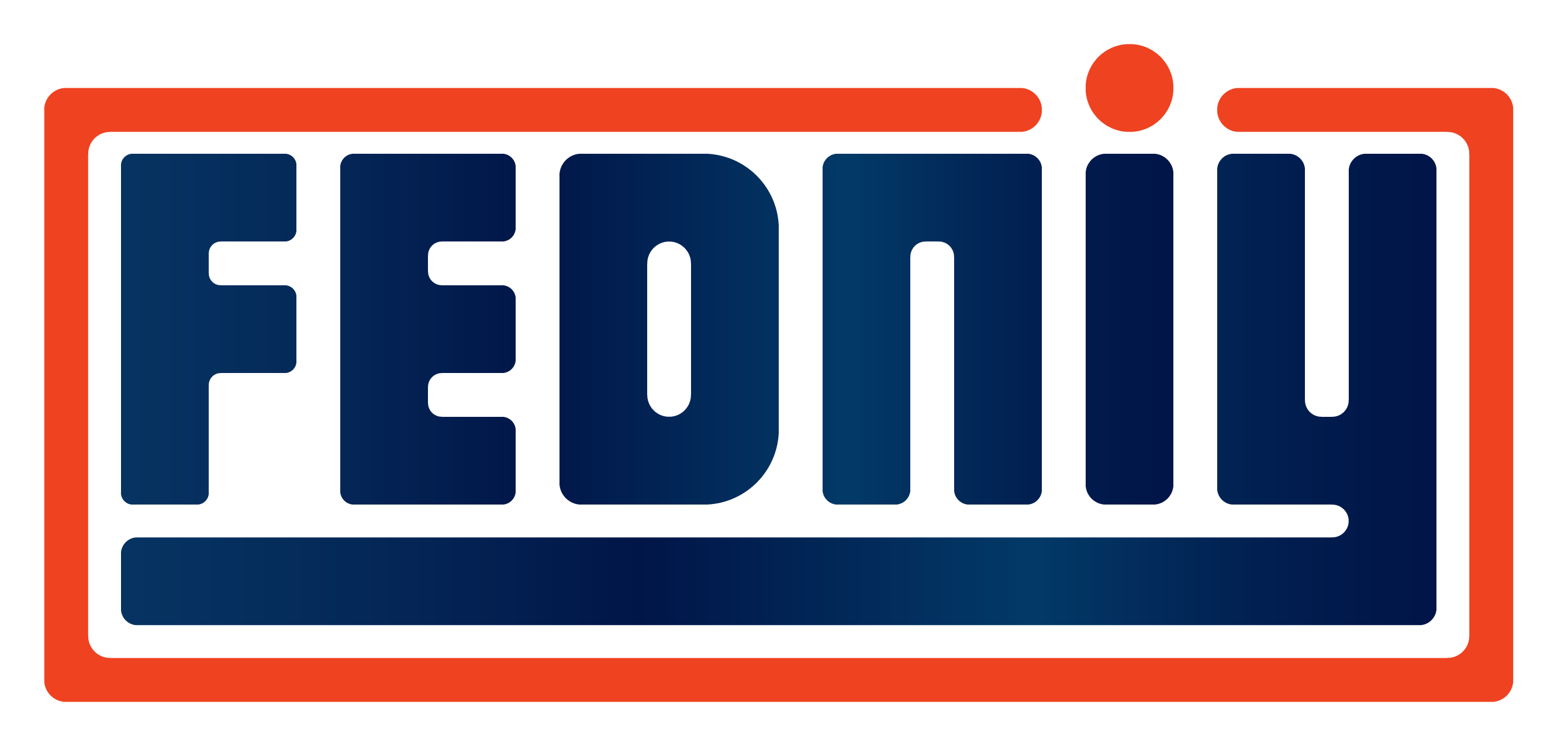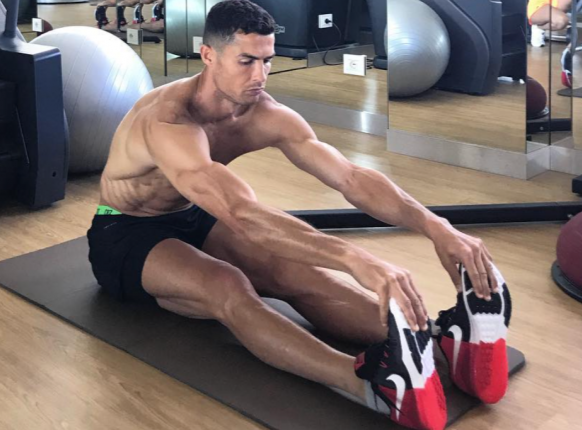Recovery is a cornerstone of athletic success, often overlooked in the pursuit of peak performance. Professional athletes understand that how they recover is just as crucial as how they train. By prioritizing recovery, they ensure longevity in their careers, minimize injury risks, and optimize their performance. Here’s how you can recover like a pro athlete, incorporating their strategies into your own routine.
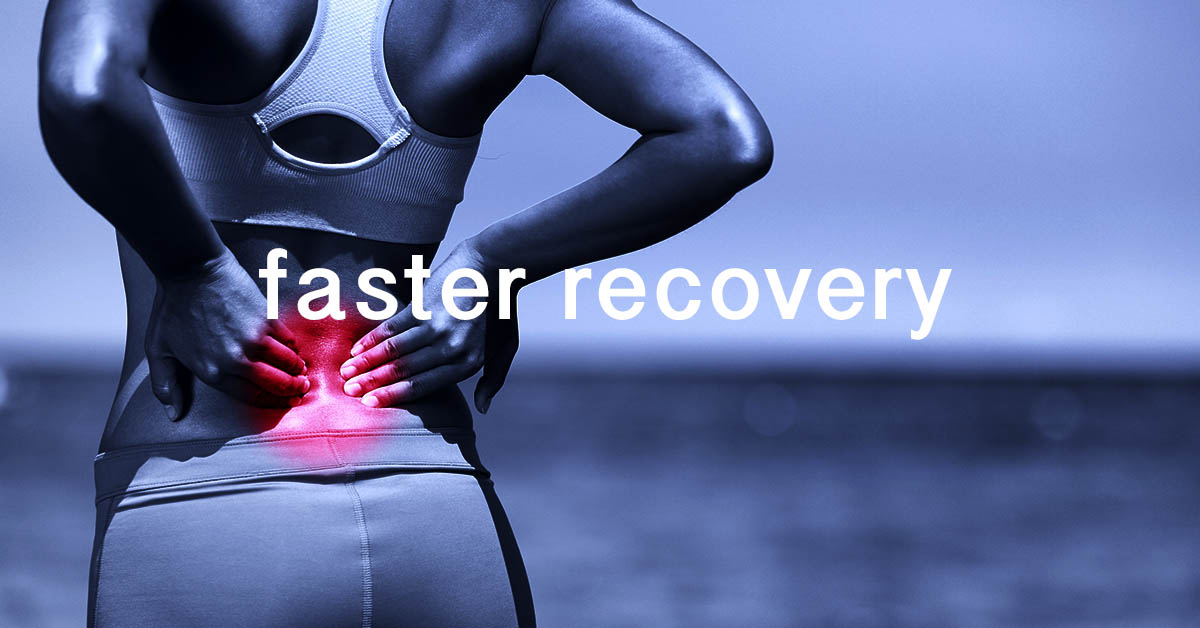
-
Prioritize Sleep
Sleep is the ultimate recovery tool. During deep sleep, the body releases growth hormones, repairs tissues, and consolidates muscle memory. Pro athletes aim for 7-9 hours of quality sleep per night.
Tips to improve sleep quality:
- Maintain a consistent sleep schedule.
- Create a sleep-friendly environment: Keep your bedroom cool, dark, and quiet.
- Avoid screens before bed: Blue light can disrupt your natural sleep cycle.
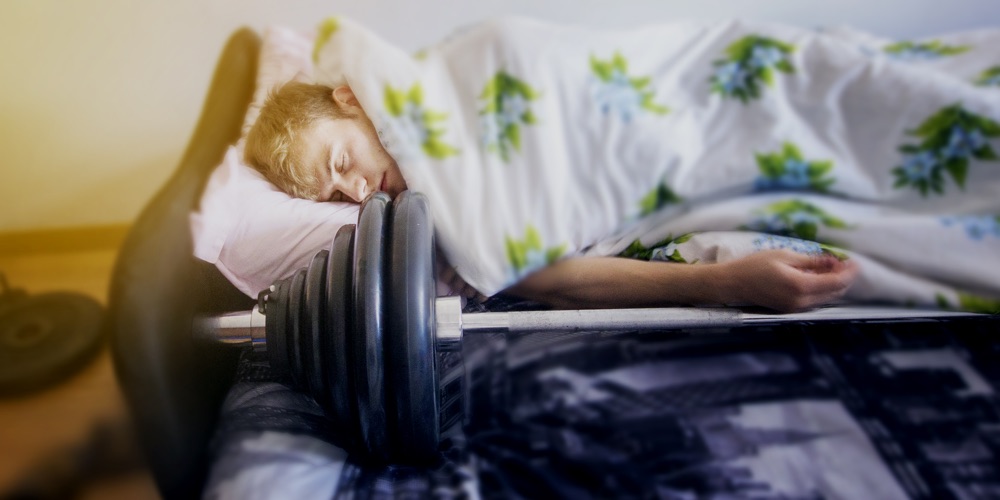
-
Embrace Active Recovery
Rest doesn’t always mean complete inactivity. Active recovery involves low-intensity exercises, like yoga, swimming, or walking, which enhance blood circulation and speed up muscle recovery.
Why it works:
Active recovery reduces muscle soreness by flushing out lactic acid and delivering nutrients to tired muscles.
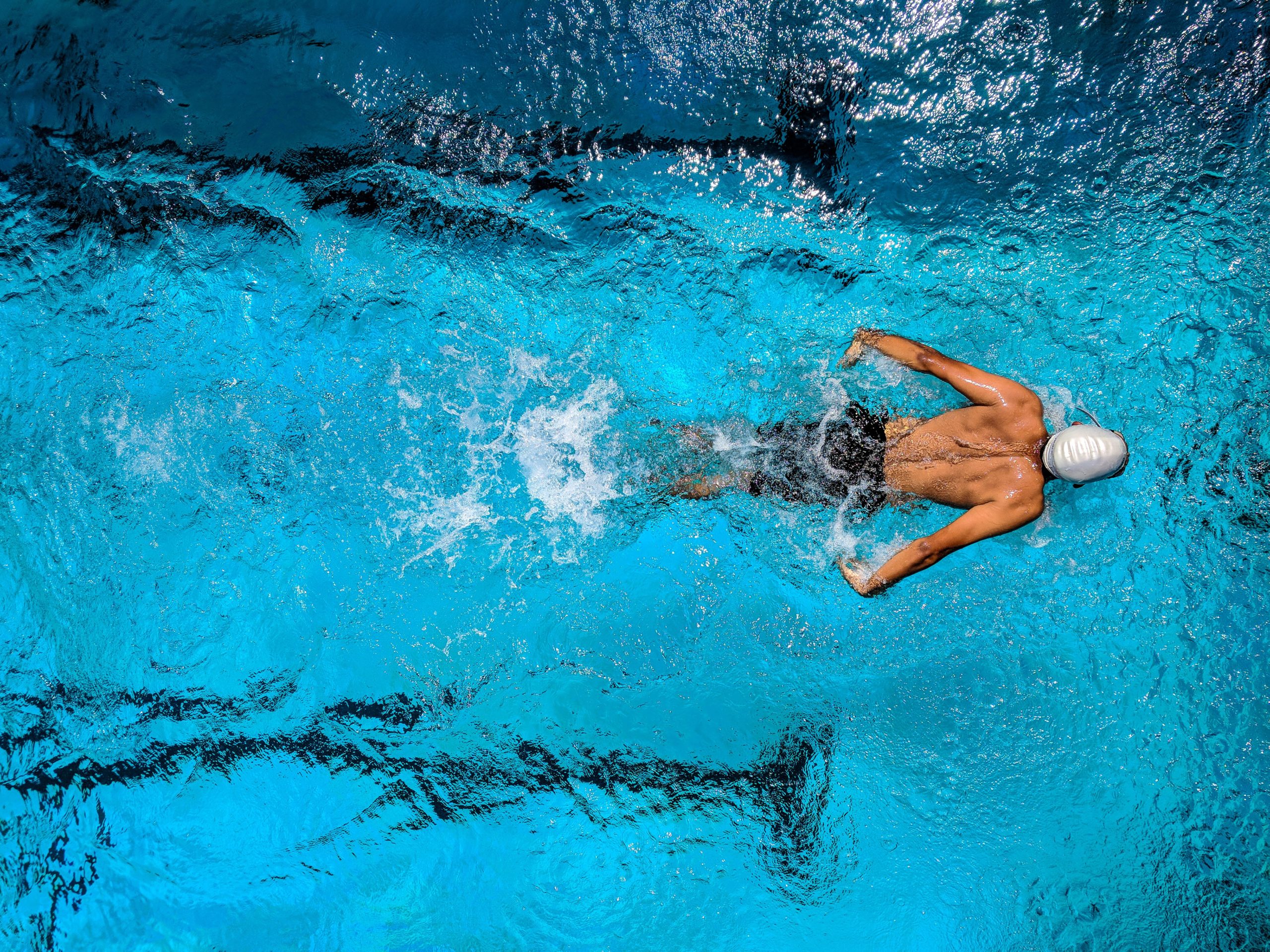
-
Hydrate and Refuel
Dehydration and poor nutrition can delay recovery. Pro athletes follow a structured nutrition plan to replenish glycogen stores, repair muscle tissue, and reduce inflammation.
Key components:
- Protein: To repair and rebuild muscle.
- Carbohydrates: To restore energy reserves.
- Electrolytes: To maintain fluid balance.
- Antioxidants: Found in fruits and vegetables to combat oxidative stress.
Pro Tip: Rehydrate immediately after exercise with water or an electrolyte drink.

-
Utilize Cold and Heat Therapy
Alternating between ice baths and heat therapy is a staple in professional recovery routines.
- Ice baths: Reduce inflammation and numb muscle soreness.
- Heat therapy: Relaxes muscles, increases blood flow, and enhances tissue elasticity.
Many athletes use contrast therapy (switching between cold and heat) for maximum benefits.
-
Leverage Massage and Foam Rolling
Massage therapy and self-myofascial release (foam rolling) are essential tools for recovery.
- Massage: Alleviates muscle tension and improves circulation.
- Foam rolling: Breaks down adhesions in muscle fibers and enhances mobility.
Consistency is key: Spend 10-15 minutes foam rolling major muscle groups after workouts.
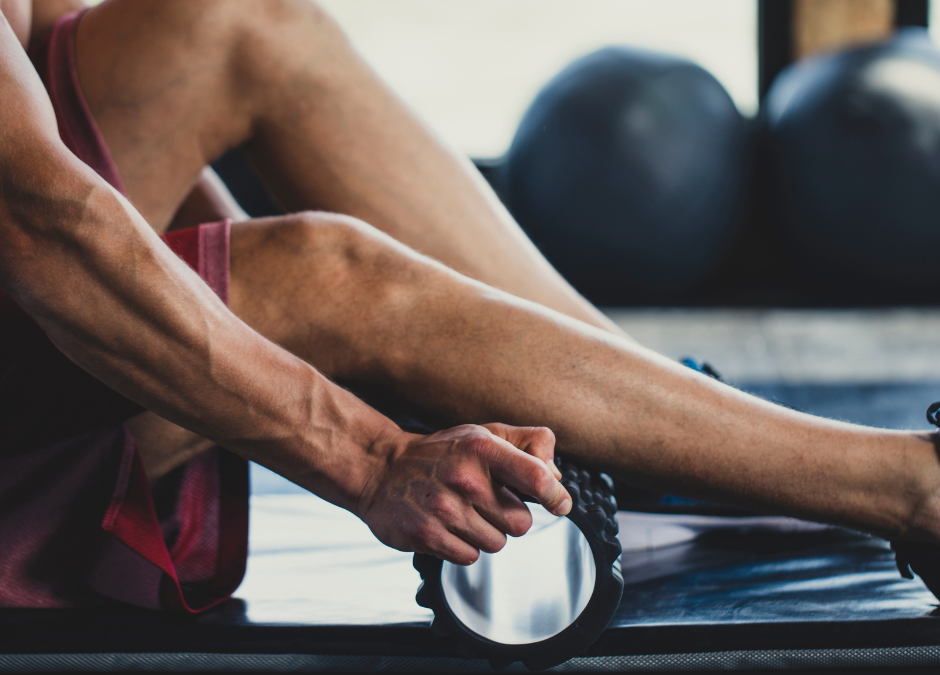
-
Adopt Mindfulness and Stress Management Techniques
Mental recovery is as vital as physical recovery. Pro athletes practice mindfulness, meditation, or breathing exercises to reduce stress and improve focus.
Techniques to try:
- Meditation apps: Apps like Headspace or Calm can guide you.
- Breathwork: Practice diaphragmatic breathing for relaxation.
- Journaling: Reflect on your goals and progress.
-
Focus on Mobility and Stretching
Dynamic stretching before exercise and static stretching afterward improve flexibility and prevent injuries. Athletes also incorporate mobility work, like yoga or Pilates, into their weekly routines.
Stretching tips:
- Hold each stretch for 20-30 seconds.
- Focus on major muscle groups, especially those used during training.

-
Monitor Recovery Metrics
Pro athletes often use technology to track recovery, such as heart rate variability (HRV), sleep patterns, and muscle fatigue. These metrics provide insights into how well the body is recovering.
Tools to consider:
- Fitness trackers like WHOOP or Garmin.
- Apps for sleep analysis and hydration monitoring.
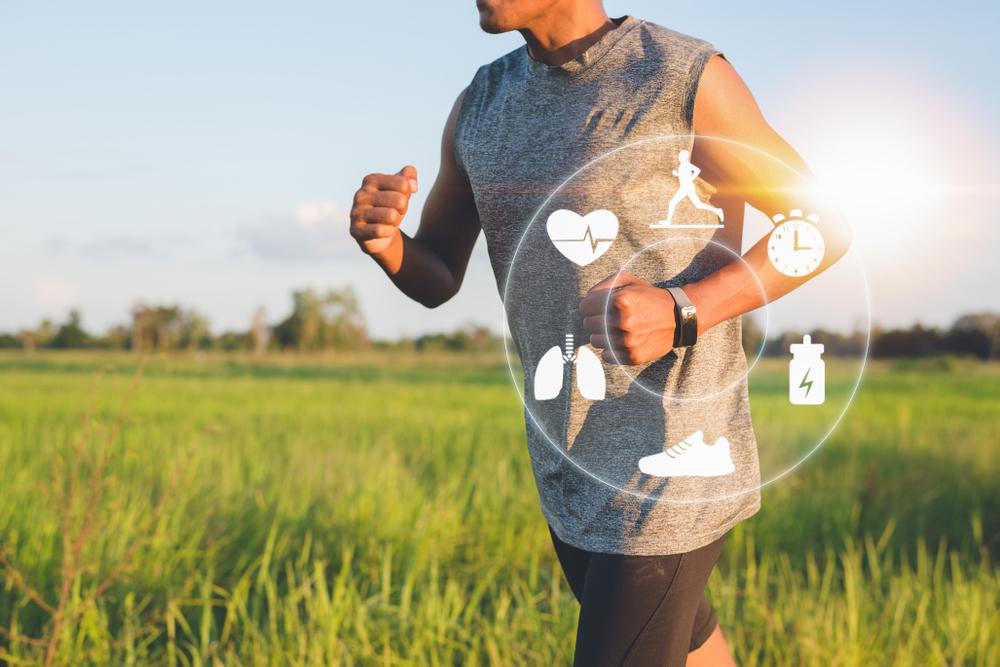
-
Incorporate Rest Days
Even elite athletes take regular rest days to allow their bodies to repair. A well-planned rest day can include light activities, mental relaxation, and prioritizing self-care.
Remember: Overtraining leads to burnout and injuries. Listen to your body and allow time to recover.
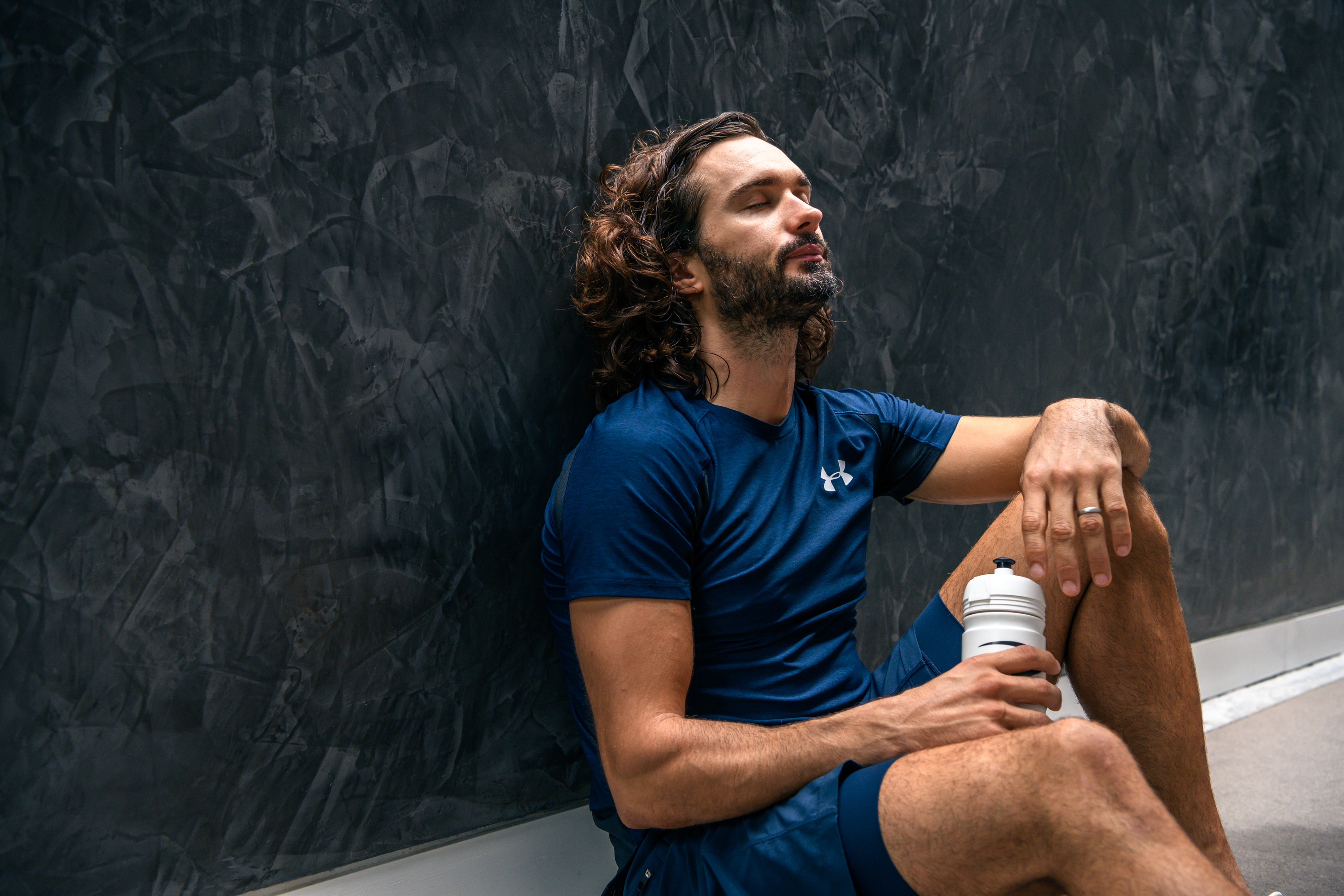
Recovering like a pro athlete is not just about following a few techniques; it’s about adopting a recovery mindset. By making recovery a priority, you can train harder, reduce the risk of injuries, and achieve your personal best. Whether you’re a seasoned athlete or a fitness enthusiast, these strategies will help you unlock new levels of performance and well-being.
Start today, and let recovery be your secret weapon to success!
Sources:
- National Sleep Foundation
- Journal of Sports Science and Medicine: “The Role of Hydration in Recovery.”
- American Council on Exercise (ACE)
